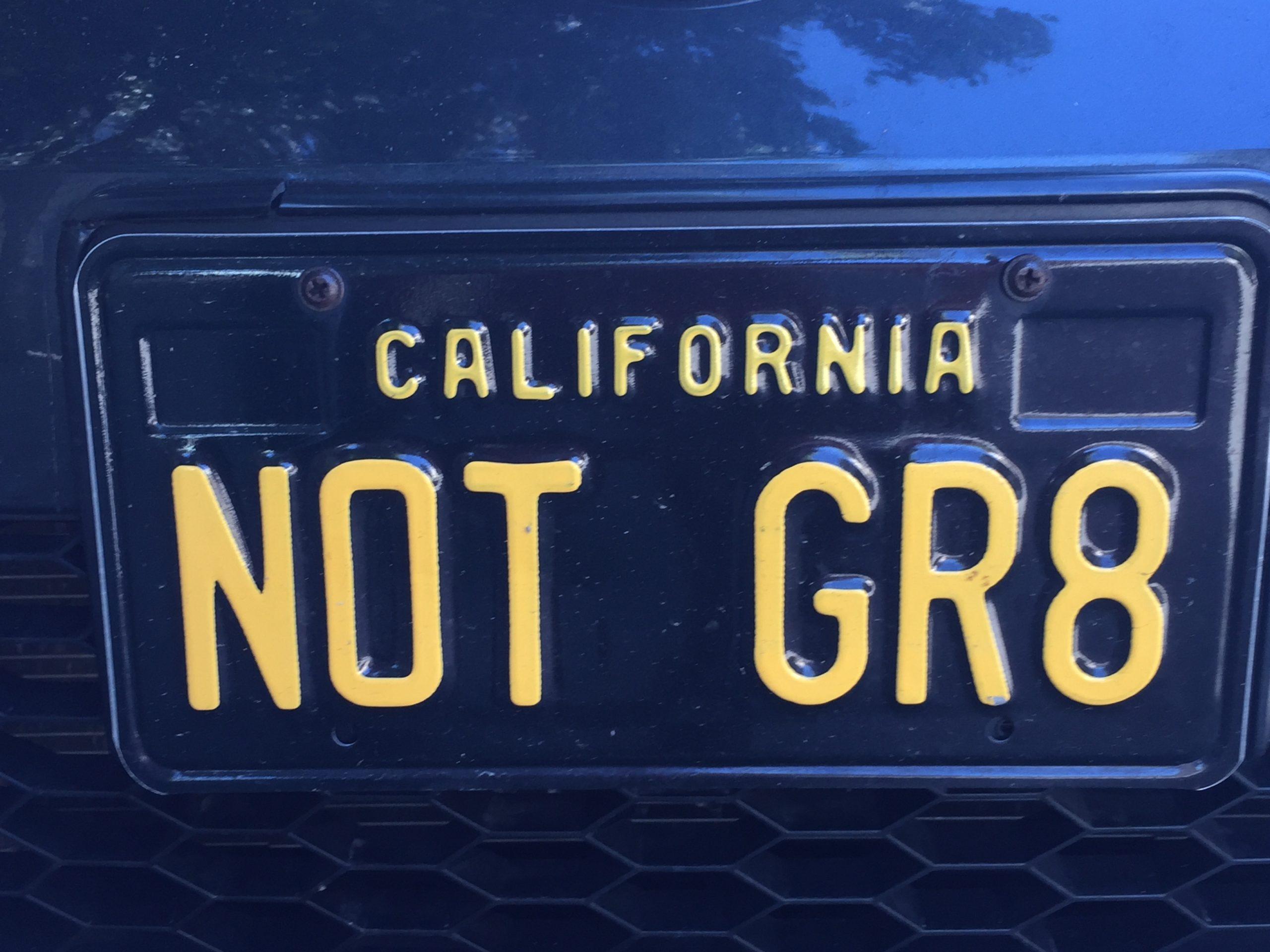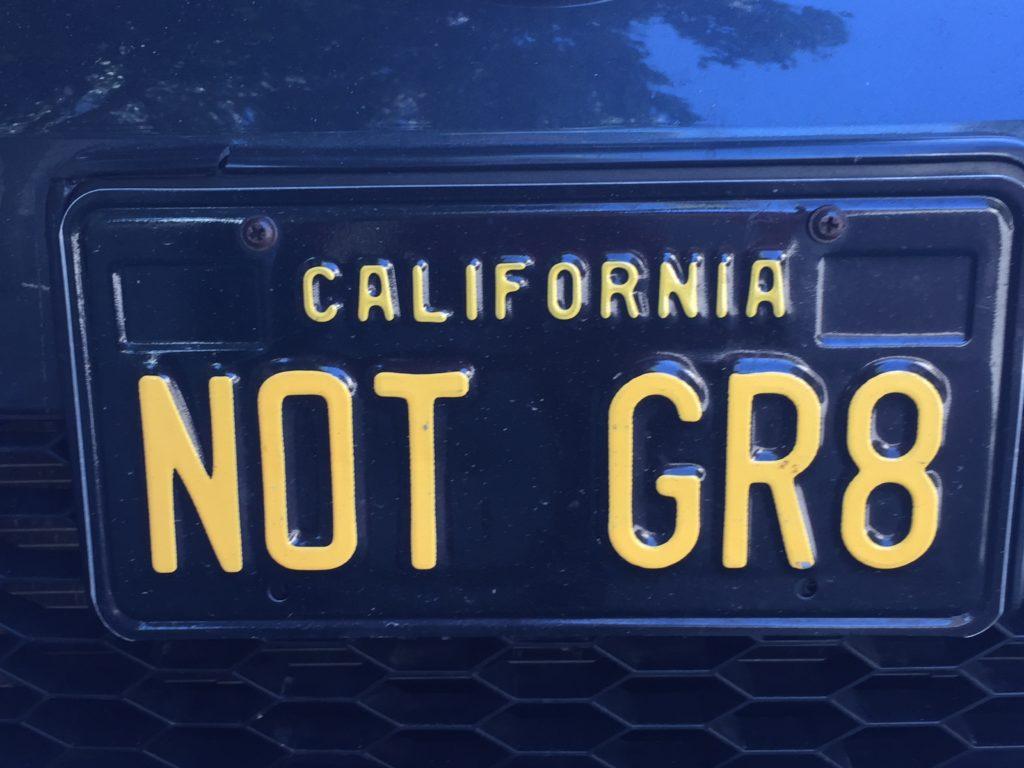8-Step Annual Fundraising Appeal Self-Test – Part 1
 I never begin writing a fundraising appeal without beginning with a template and checklist. It’s always good to remind yourself of the fundamentals.
I never begin writing a fundraising appeal without beginning with a template and checklist. It’s always good to remind yourself of the fundamentals.
1. YOU
“The most beautiful thing in the world is you.”
— Alvin Ailey, choreographer and dancer, (1931-1989)
This gets to who you’re writing to. Not to yourself, program staff. or board of directors. You’re writing to ONE donor. It’s about their ego, not yours. Their needs, not yours.
Take a good hard look at your letter. How often do you use “I,” “my,” “our,” “we,” or the name of your organization vs. “you” and “your?”
Fix this! Here’s a “you test” you can use from Bloomerang.
Here’s a “don’t” example:
Details

 Fundraising copywriter extraordinaire, Lisa Sargent, recently shared a brilliant piece of writing on the Moceanic blog. Appropriately, the subject matter – “6 Winning Ways to Start Your Next Fundraising Appeal” — was all about brilliant writing. Specifically, fundraising appeal writing. I commend the full article to you, as she fills it with juicy, specific examples. But if you’re short on time, here are the key take-aways – plus some of my own thoughts and examples — to get your reader well “into” your appeal – right from the get go!
Fundraising copywriter extraordinaire, Lisa Sargent, recently shared a brilliant piece of writing on the Moceanic blog. Appropriately, the subject matter – “6 Winning Ways to Start Your Next Fundraising Appeal” — was all about brilliant writing. Specifically, fundraising appeal writing. I commend the full article to you, as she fills it with juicy, specific examples. But if you’re short on time, here are the key take-aways – plus some of my own thoughts and examples — to get your reader well “into” your appeal – right from the get go!
 Your nonprofit’s story is the whole ball of wax.
Your nonprofit’s story is the whole ball of wax.
 I’ve taken to including a series of “DO’s” and “DON’Ts” for all sorts of fundraising and nonprofit marketing messages over the past several years. My purpose is not to shame anyone, but simply to provide educational moments offering example-based food for thought as you craft your own appeals, thank you’s, reports and more.
I’ve taken to including a series of “DO’s” and “DON’Ts” for all sorts of fundraising and nonprofit marketing messages over the past several years. My purpose is not to shame anyone, but simply to provide educational moments offering example-based food for thought as you craft your own appeals, thank you’s, reports and more.



 I know you’re working on calendar year-end fundraising right now.
I know you’re working on calendar year-end fundraising right now.
 Whatever side of the political spectrum you’re on, the photo below is triggering.
Whatever side of the political spectrum you’re on, the photo below is triggering. Have you started working on your annual appeal and year-end fundraising plan?
Have you started working on your annual appeal and year-end fundraising plan?